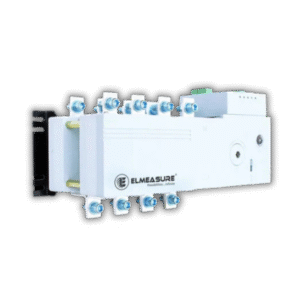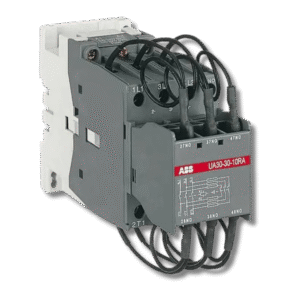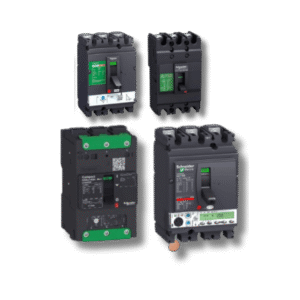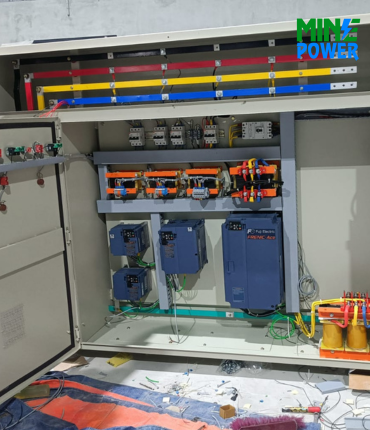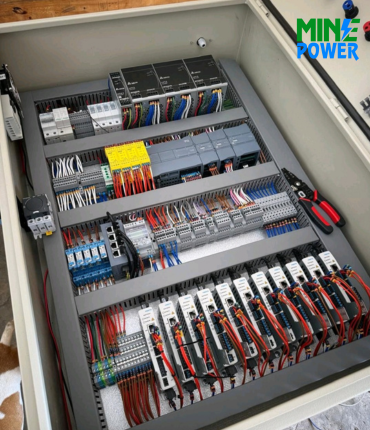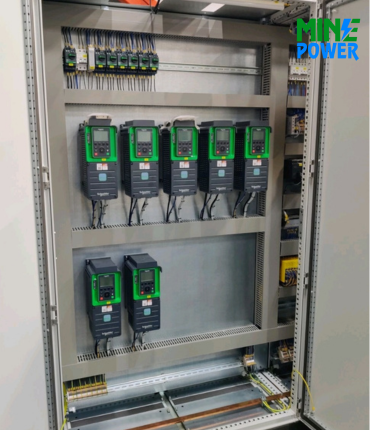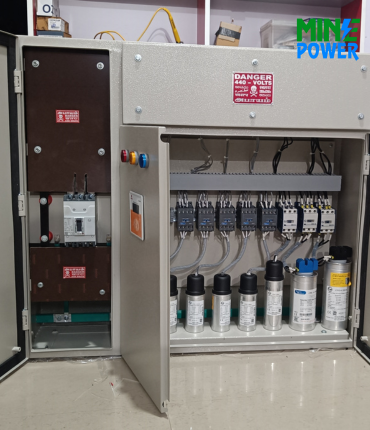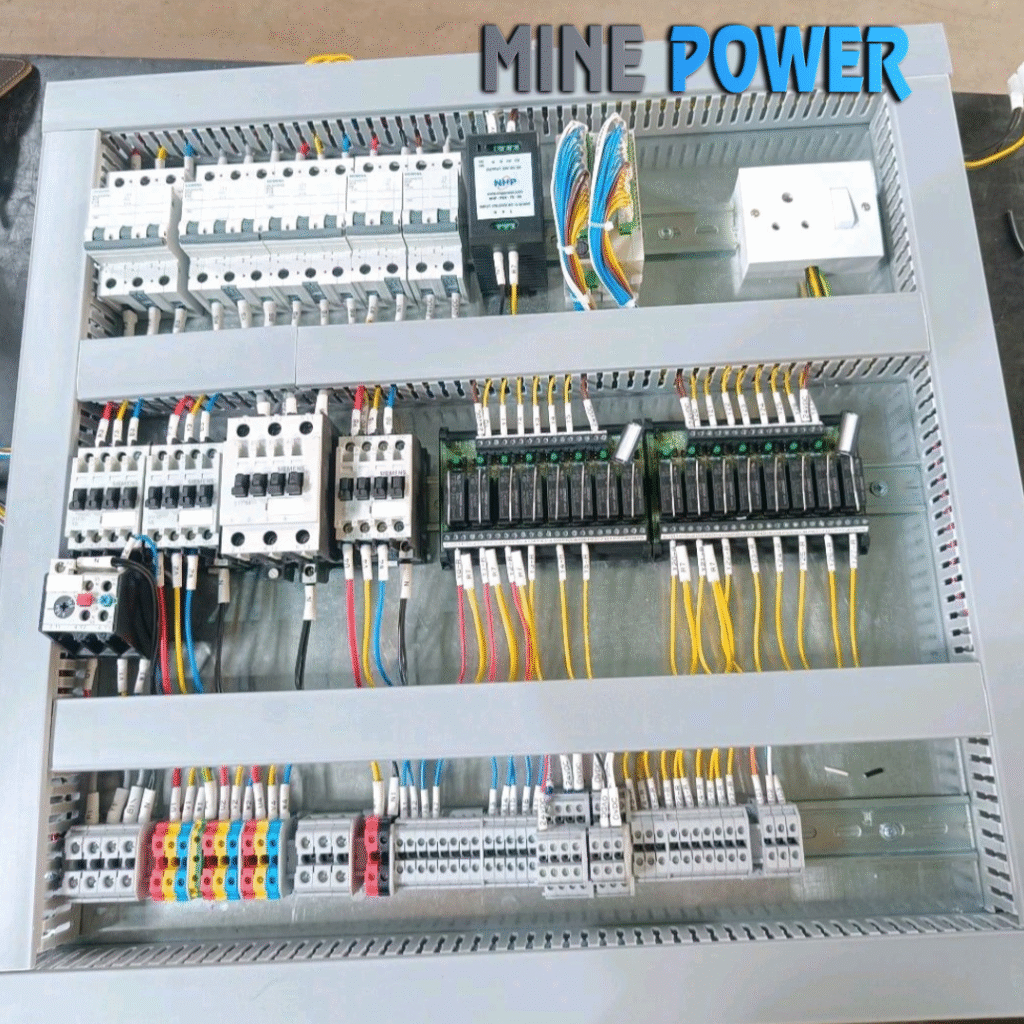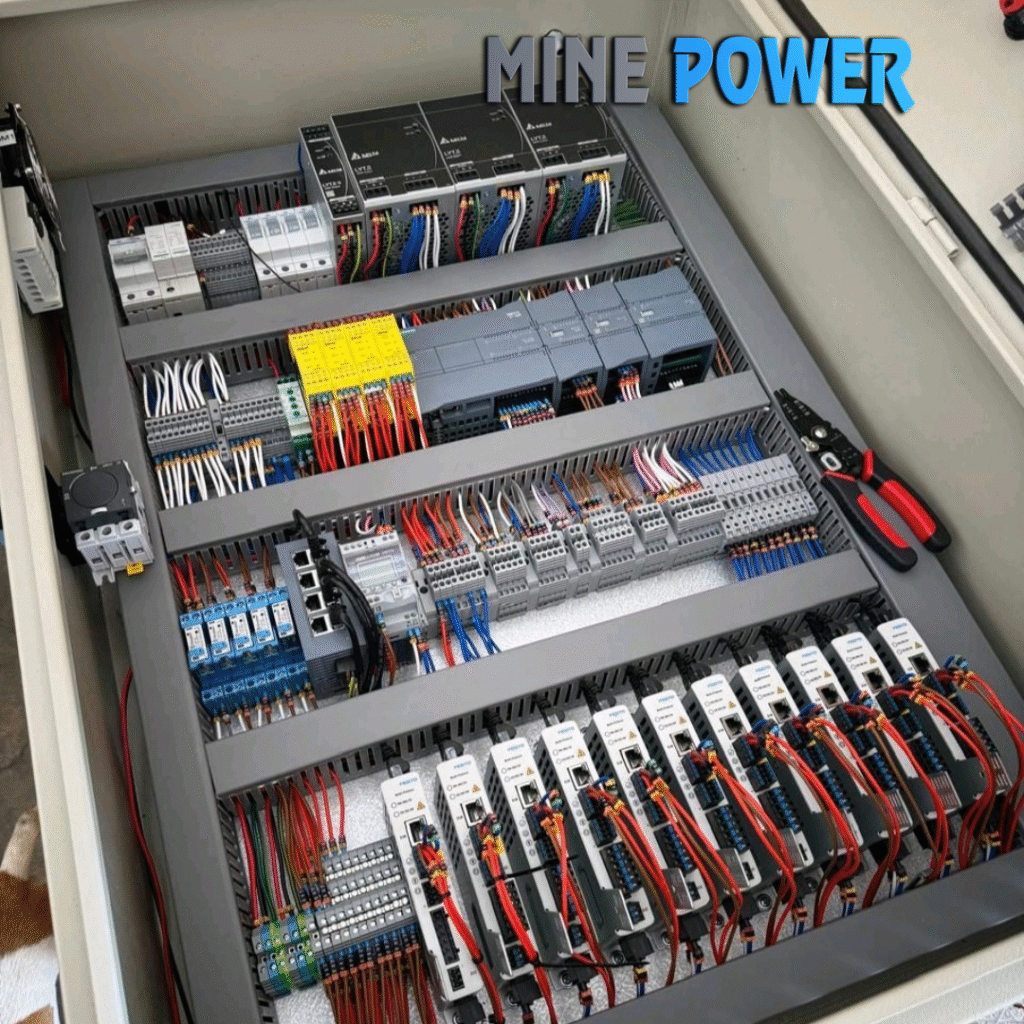An Automatic Transfer Switch with Display is a smart, microprocessor-controlled device that ensures uninterrupted power by automatically switching between utility and backup sources. The integrated display offers clear status updates, programming flexibility, and often remote connectivity—making it ideal for critical installations requiring precision, visibility, and reliable power management.
Description
An ATS with display is an advanced transfer switch that automatically manages power continuity between mains and backup sources. The integrated display provides real-time status, measurements, and configuration options via LEDs, numeric screens, or full graphic interfaces.
Specifications
-
Rated Current: Typically ranges from 16 A up to several hundred amperes
-
Display Types: LED segments, numeric LCD, or full-color graphical touch displays
-
Switching Logic: Automatic detection of primary source failure, load transfer, and retransfer
-
Protection & Monitoring: Voltage/frequency sensing, phase sequence, delays, and sometimes genset start/stop control
-
Control Modes: Auto, Manual, Remote, Test, with programmable timers and delays
Features
-
Real-Time Display of source status, load switching, voltage, frequency, and alarms
-
Multiple Operating Modes, including Auto, Manual, and Remote Control
-
Embedded Logic for safe transfer decisions and generator interfacing (DG start/stop, interlocks)
-
Remote Connectivity: Options via RS-485/Modbus, Ethernet, or cloud platforms
-
Programming via Front Panel Controls for easy setup and parameter adjustments
-
Visual & Audible Alerts for source failure, transfer events, and alarm conditions
Applications
-
Critical facilities like hospitals, data centers, and emergency systems
-
Industrial installations and commercial buildings requiring fail-safe power continuity
-
Generator-backed infrastructure, including manufacturing and remote installations
-
Systems requiring on-site monitoring, diagnostics, and user-friendly control interfaces
Advantages
-
Maintains continuous power supply with smooth and intelligent source switching
-
User-friendly display allows easy tracking and configuration
-
Advance protection logic ensures safe operations and avoids false transfers
-
Remote monitoring/control enhances system transparency and maintenance
-
Enhances system reliability, automation, and operational safety
Disadvantages
-
Higher cost and design complexity compared to manual or display-less ATS
-
Requires specialized commissioning and potential training for configuration
-
Touch graphics displays may require more maintenance and user familiarity
-
Integration with advanced features like cloud/remote may need additional infrastructure



